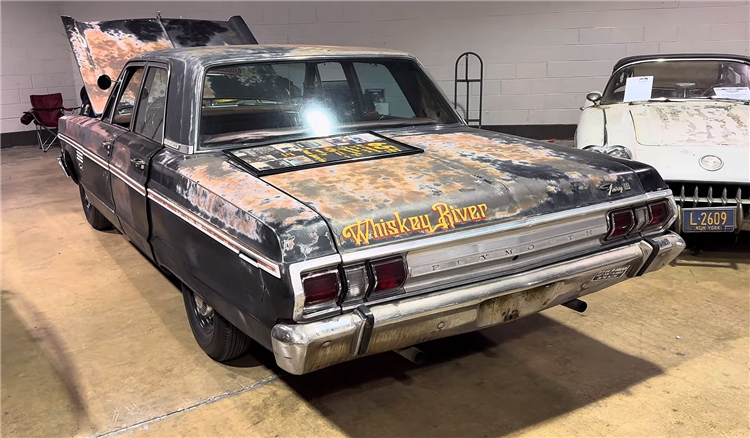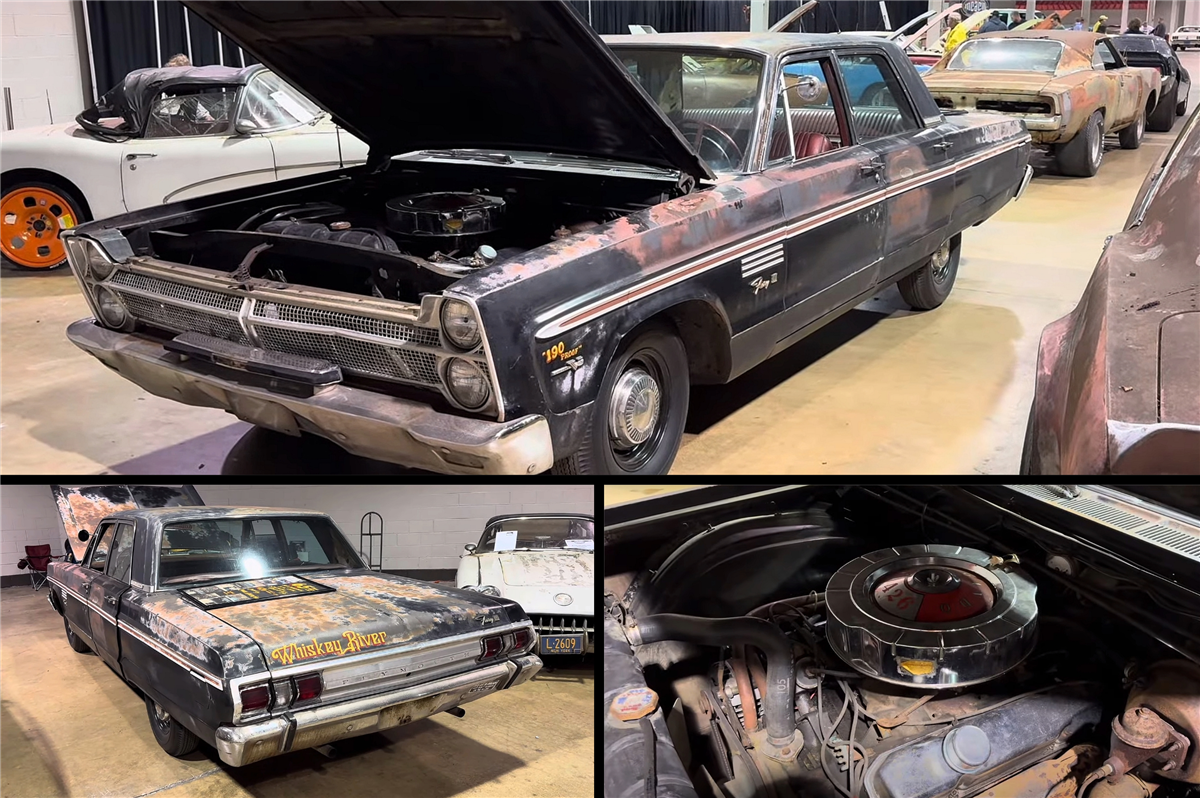The Plymouth Fury was first released in 1956 as an upgraded, more powerful version of the Belvedere. In 1959, it was given its own nameplate. The engine selection ranged from big-block V8 powerplants to fuel-efficient inline-six mills, and it was available in a number of body styles.
In 1962, the Fury—which had originally been a full-size model—became an intermediate. When Plymouth brought the nameplate back into the full-size automobile market in 1965 to compete with the third-generation Dodge Polara, it all changed.
And like all Chryslers based on the C-body platform, the Fury got the 440-cubic-inch (7.2-liter) RB V8, but it was never fitted with the iconic 426-cubic-inch (7.0-liter) HEMI. However, a few fourth-generation cars were equipped with the 426 Street Wedge.

Discontinued around the same time the street-legal HEMI became available, the Street Wedge was related to the more iconic and race-oriented Max Wedge. It wasn’t as potent as the latter, but its 385-horsepower rating turned the full-size into a proper muscle car. It’s also a fairly rare classic.
In case you haven’t seen one yet, the 2023 Muscle Car and Corvette Nationals (MCACN) saw the appearance of an early fourth-generation Fury Street Wedge. It’s also a very unique rig. Because this 1965 Fury III is a four-door sedan, even though the Street Wedge V8 is typically connected with two-door Mopars.
Yes, the person who placed the original purchase for this setup desired a sleeping machine in its entirety. Although he chose a front bench seat, the owner also requested a four-speed manual for entertaining three pedals. The burgundy upholstery contrasted with the black exterior makes for an interesting color combination.
But that’s not all. According to the sheet beside the car, this Fury III spent its early days hauling moonshine. Apparently, the owner knew exactly what he was going to do with his then-new Mopar.

And to answer the question on everyone’s lips: yes, bootleggers were still operating in the 1960s. Although the Prohibition was repealed in 1933, moonshine remained a thing until the late 1960s, and a number of drivers continued to run illegal booze to evade tax men.
Lastly, this Fury III is an unrestored gem because it was a part of MCACN’s Barn Find display. Given its early existence as a “shine runner,” I wouldn’t call it unmolested, but it looks to be very original. Based on its look, the Street Wedge mill ought to be a numbers-matching unit as well.
Though it’s a rather uncommon classic, Plymouth sadly did not maintain thorough records on the number of Street Wedge Fury sedans it sold in 1965. We’re likely looking at one of fewer than 50 four-door cars produced, and one of fewer than a dozen survives, as I am aware that the business sold four convertibles that year. What a great vehicle!
